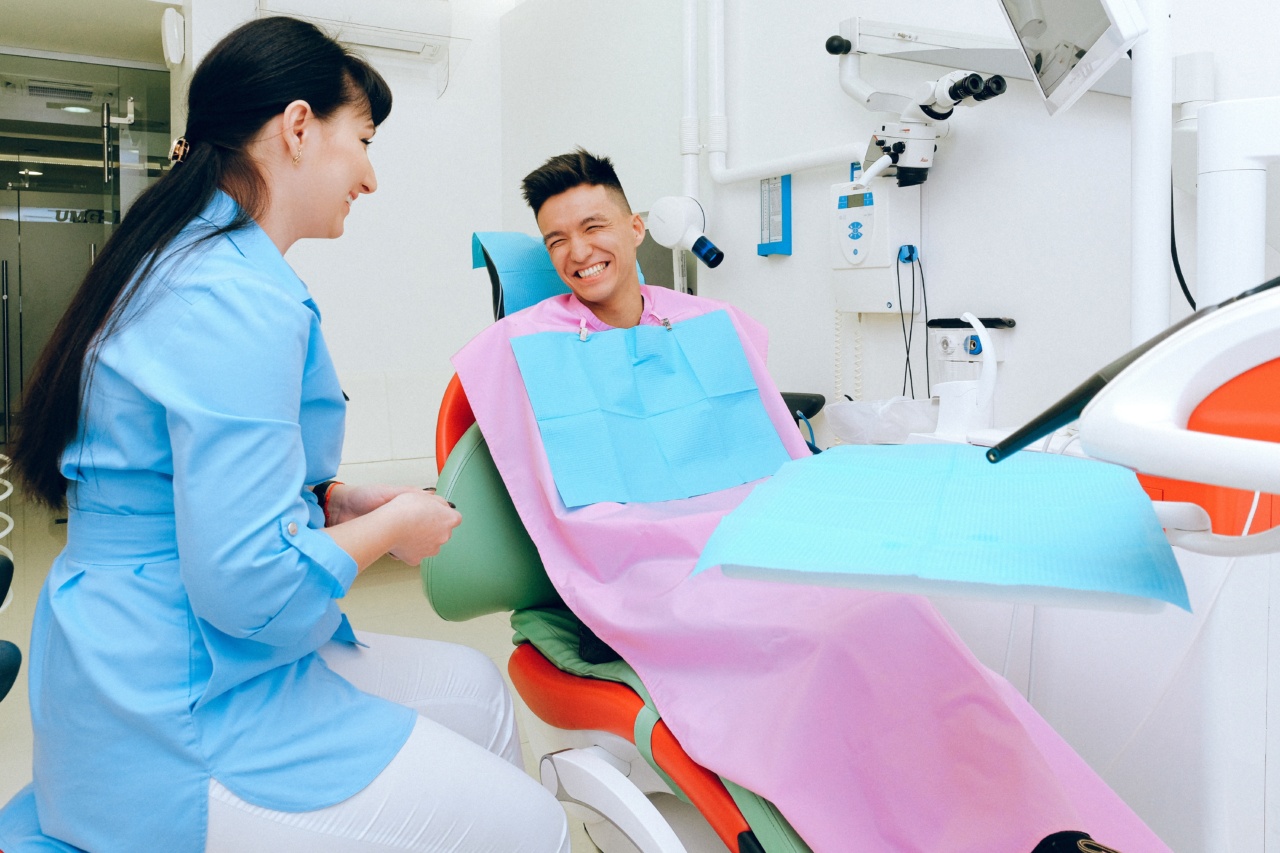Mammography is a screening tool used to detect breast abnormalities and is an important diagnostic tool in the early detection of breast cancer.
It is a low dose x-ray that uses two plates to compress the breast which can detect small lumps, calcifications or other changes in breast tissue. It is important to note that mammography is not perfect and can produce false-negative, false-positive or ambiguous findings. Thus, additional diagnostic procedures may be required if the mammogram shows ambiguous or suspicious findings.
What are the recommended diagnostic procedures for mammography findings?
Below is a list of recommended diagnostic procedures:.
Diagnostic Mammogram
A diagnostic mammogram is similar to a screening mammogram, but it focuses on a specific area of interest.
This procedure uses additional imaging techniques such as magnification, coning, and spot compression to obtain a more detailed image of the area of concern in the breast.
Ultrasound
An ultrasound uses high-frequency sound waves to produce images of the soft tissues of the breast. It is often used in conjunction with mammography to evaluate suspicious lumps or lesions that are not visible on a mammogram.
Magnetic Resonance Imaging (MRI)
An MRI is a non-invasive test that uses a strong magnetic field and radio waves to provide detailed images of the breast.
It is often used in conjunction with mammography or ultrasound to evaluate breast abnormalities that may not be visible on a mammogram.
Stereotactic Biopsy
Stereotactic biopsy is a minimally invasive procedure that uses mammography images to precisely guide a needle to remove a small tissue sample from the breast.
This procedure is often used to diagnose breast abnormalities that cannot be felt during a clinical exam or ultrasound.
Ultrasound-guided Biopsy
Ultrasound-guided biopsy is a minimally invasive procedure that uses ultrasound images to guide a needle to remove a small tissue sample from the breast.
This procedure is often used to diagnose breast abnormalities that can be seen on a mammogram, but not felt during a clinical exam.
Magnetic Resonance Imaging-guided Biopsy
Magnetic resonance imaging-guided biopsy is a minimally invasive procedure that uses MRI images to guide a needle to remove a small tissue sample from the breast.
This procedure is often used to diagnose breast abnormalities that cannot be seen on a mammogram or ultrasound.
Cyst Aspiration
Cyst aspiration is a procedure used to remove fluid from a breast cyst using a needle. This procedure can often determine if the cyst is benign or cancerous without the need for surgery.
Ductography
Ductography is a procedure that uses a small amount of contrast material injected into the breast duct to help evaluate abnormalities in the milk ducts such as blockages or dilations.
This test can help diagnose the cause of nipple discharge or suspicious findings in the breast.
Breast Biopsy
Breast biopsy is a diagnostic procedure that involves removing a small tissue sample from the breast for examination under a microscope to determine if abnormal cells are cancerous or not.
There are various types of breast biopsies such as core needle biopsy, vacuum-assisted biopsy, and surgical biopsy.
Conclusion
Mammograms play an essential role in the early detection of breast cancer, but it is important to understand that it is not a perfect diagnostic tool.
If a mammogram shows ambiguous or suspicious findings, additional diagnostic procedures may be required. Always consult your healthcare provider to determine which diagnostic procedures are appropriate for you.























